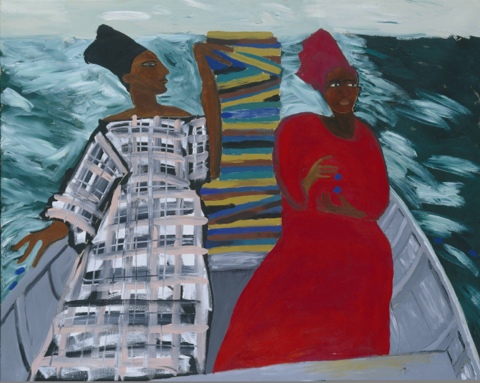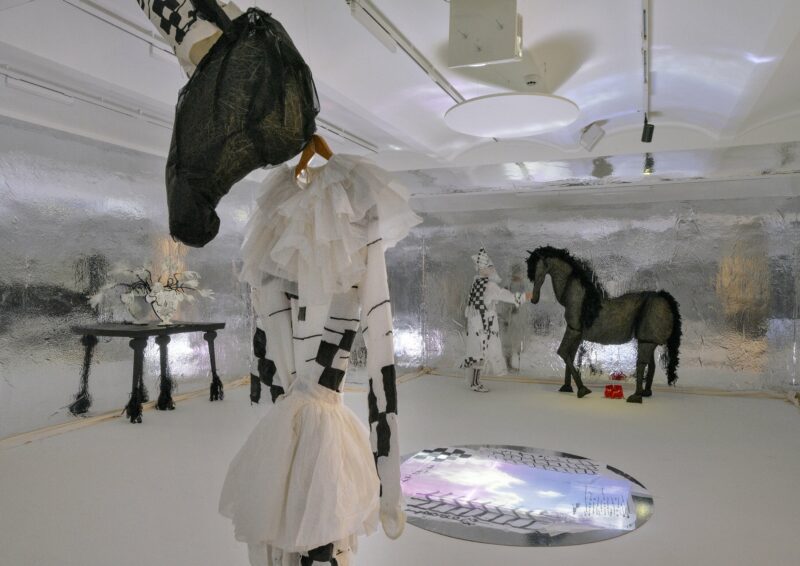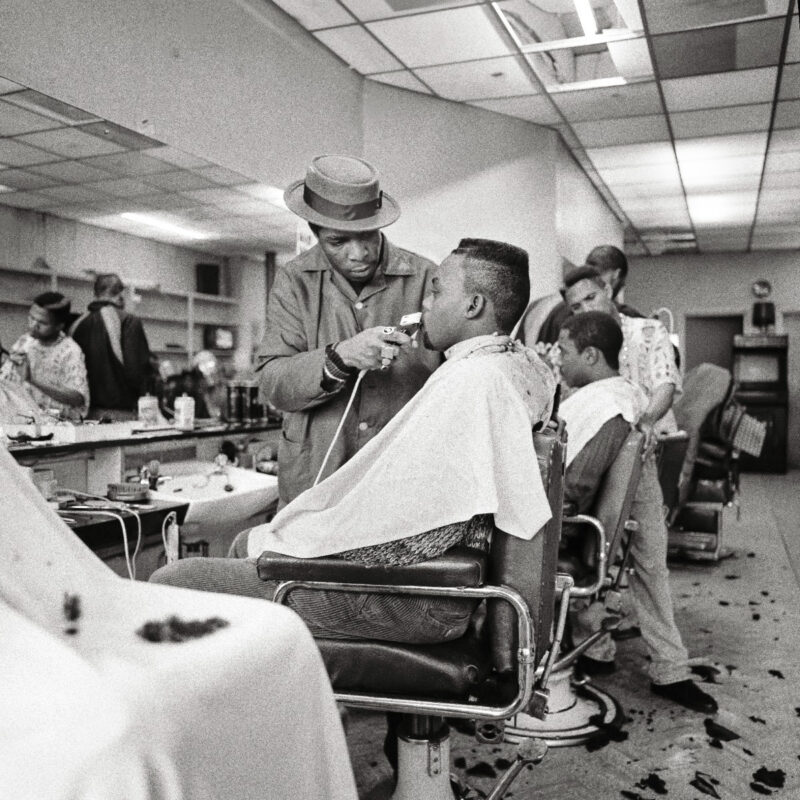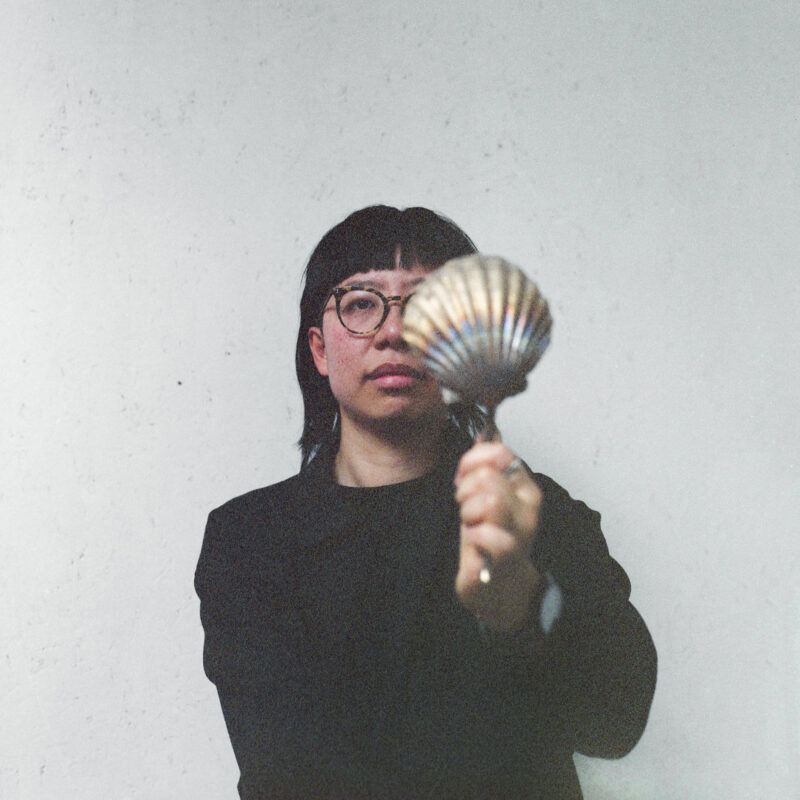
Lubaina Himid Between the Two My Heart is Balanced 1991 Tate © Lubaina Himid
Rarely have so many good artists been combined to so little effect as in Tate Britain’s lackadaisical survey of what should be a fascinating subject. Many of Britain’s greatest artists came to these chilly islands from other places. Others are the children of migrants, or identify themselves as part of a post-colonial diaspora. But what do they all have in common? It’s the question this exhibition forgot to ask itself.
It would be revelatory to see a hidden connection between Anthony van Dyck, the gifted baroque painter who became Charles I’s portraitist, and Keith Piper, whose 1987 work Go West Young Man powerfully digs into the history of slavery, seeing that past as something that shapes his own life as a young black Briton in the 1980s.
But Van Dyck’s ancestors were not sent across the Atlantic on slave ships. Nor are his portraits of Charles I and his queen, the only works by him here, enough to show us how his coming from Flanders shaped his view of Britain. It was no surprise, and no hardship, for a successful European artist to work at the English court.
For Van Dyck and the many Dutch 17th-century artists who get a work apiece here, moving to Britain meant something very different from the experiences of modern Jewish artists such as Mark Gertler, who was born in London to parents who had migrated from Poland. Gertler’s portraits of family and friends are potent documents of east London’s Jewish community a century ago.
Those differences could be overcome by intense narratives that focused on particular people and their experiences: the life and art of six migrant artists across six centuries, say. But instead this show goes for quantity, stacking up lists of artists, each of whom is represented by too few works, many of them having little connection with the theme. An exception, in terms of relevance and emotion, is Sir William Rothenstein’s 1906 painting Jews Mourning in a Synagogue, which seems to mourn an entire cultural tradition, at a time when pogroms shook eastern Europe and uprooted many people westward.
The exhibition takes a sudden turn into a survey of migratory themes in film and video art, because, we are told, the moving image is the natural art of a mobile world. If you say so. But it feels a bit easy to fill several rooms with projected images: looking from the dark screening galleries to the Stuart paintings, it is impossible to feel a thread of coherent argument. Tate Britain needed to think harder here, and it also needed to feel more. There’s something heartless about this catalogue of British art filed under M for Migration.
guardian.co.uk © Guardian News & Media Limited 2010
Published via the Guardian News Feed plugin for WordPress.







